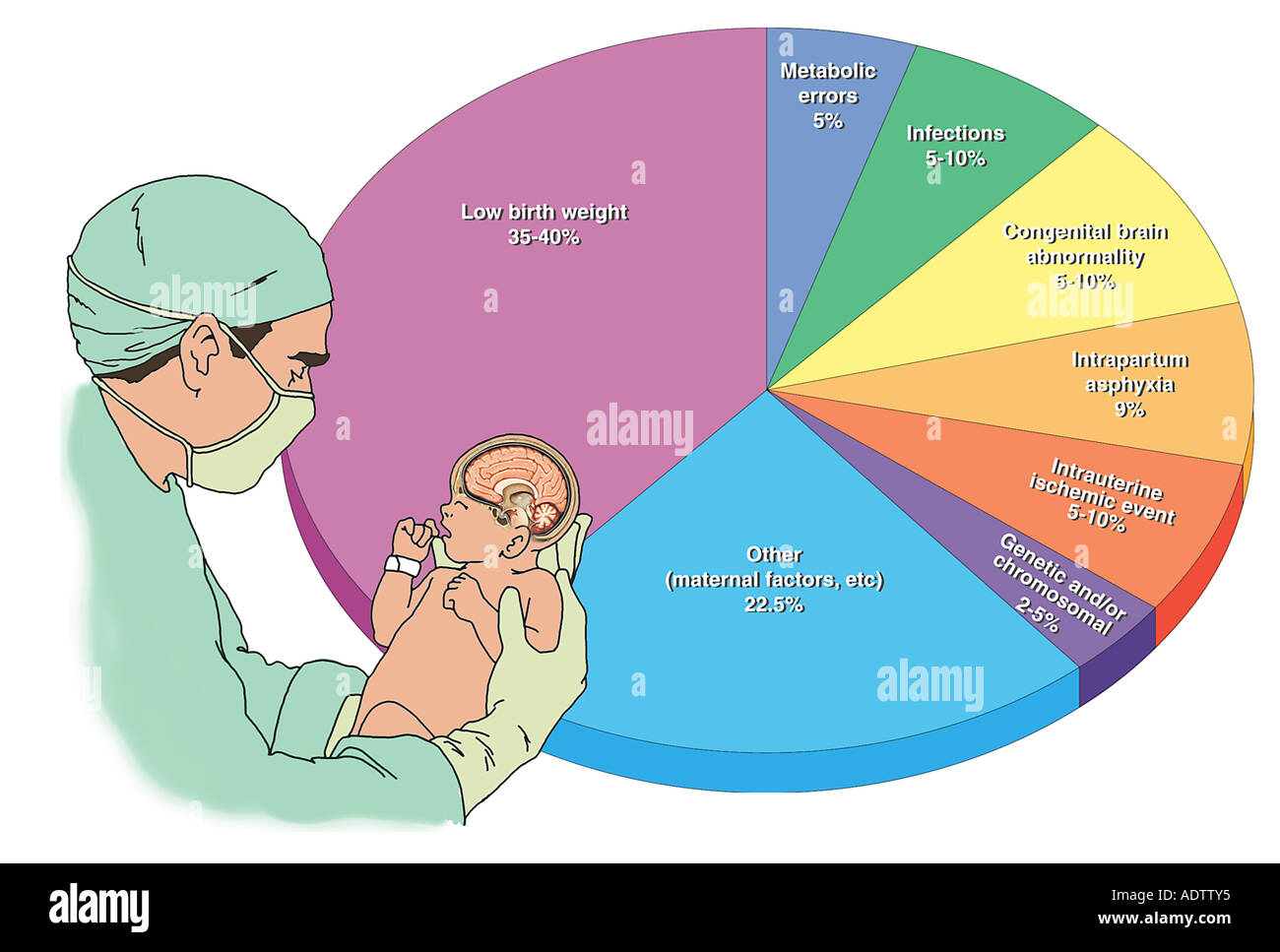What Is Cerebral Palsy And What Causes It
Cerebral palsy is a neurological condition that affects an individual's ability to move and control their muscles. It is caused by damage to the brain, which occurs before, during, or shortly after birth. The condition manifests in various ways, depending on the severity of the brain injury.
Identified Causes of Cerebral Palsy in the Newborn

Several factors can cause cerebral palsy in newborns. These factors include:
- Birth Asphyxia: This occurs when a baby does not receive enough oxygen during birth. The lack of oxygen can damage the brain, leading to cerebral palsy.
- Infection during pregnancy: If a mother contracts an infection during pregnancy, it can increase the risk of cerebral palsy in the baby. Common infections that can cause cerebral palsy include Rubella and Cytomegalovirus.
- Genetic Factors: Sometimes, cerebral palsy can be caused by genetic factors like mutations and abnormalities in the genes.
- Premature Birth: Babies born too early can also be at risk of cerebral palsy as their brains are not fully developed.
- Trauma during birth: Sometimes, physical trauma during birth can lead to cerebral palsy. This can occur due to the improper use of forceps or other delivery instruments by the doctor.
These causes are just a few examples of what can lead to cerebral palsy in newborns. It is important to note that not all cases of cerebral palsy have a known cause. Sometimes, the cause remains unknown.
Cerebral Palsy Causes and Risk Factors
:max_bytes(150000):strip_icc()/cerebral-palsy-causes2-5adf71ed6bf06900373d0ad3.png)
Aside from the identified causes of cerebral palsy in newborns, there are also other factors that can increase the risk of developing cerebral palsy. These risk factors include:
- Low Birth Weight: Babies born with a low birth weight are at higher risk of developing cerebral palsy.
- Multiple Births: Twins, triplets, or more can be at an increased risk of developing cerebral palsy.
- Maternal Health Issues: Women who have health issues during pregnancy, such as high blood pressure, diabetes, or infections, can increase their baby's risk of developing cerebral palsy.
- Preterm Labor: Women who go into labor before 37 weeks are at an increased risk of having a child with cerebral palsy.
- Brain Injury: Any injury or trauma to the brain can increase the risk of cerebral palsy. This can occur due to accidents or falls that lead to head injuries.
It's important to note that having one or more of these risk factors does not automatically mean that a child will develop cerebral palsy.
The Importance of Early Detection and Treatment
Early detection and treatment of cerebral palsy is crucial in improving a child's quality of life. Children with cerebral palsy can benefit from physical therapy, occupational therapy, speech therapy, and medication.
Physical therapy can help children with cerebral palsy improve their muscle control and coordination. Occupational therapy can help them learn daily living skills such as dressing and feeding. Speech therapy can help children with cerebral palsy improve their communication skills.
It's important to work with a healthcare professional who specializes in treating children with cerebral palsy. The treatment plan should be tailored to the child's individual needs and should be adjusted as the child grows and develops.
Conclusion
Cerebral palsy is a complex condition that can be caused by various factors. There are known causes of cerebral palsy in newborns, as well as risk factors that can increase the likelihood of developing the condition. Early detection and treatment are crucial in helping children with cerebral palsy live their best lives.